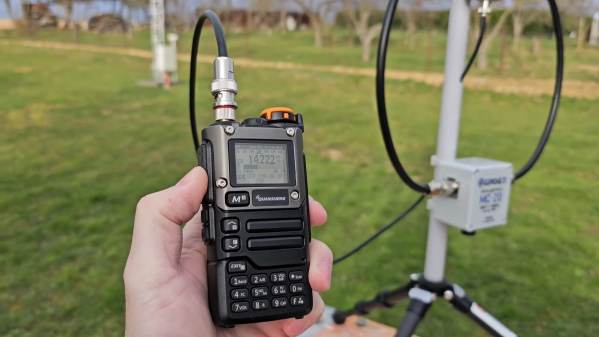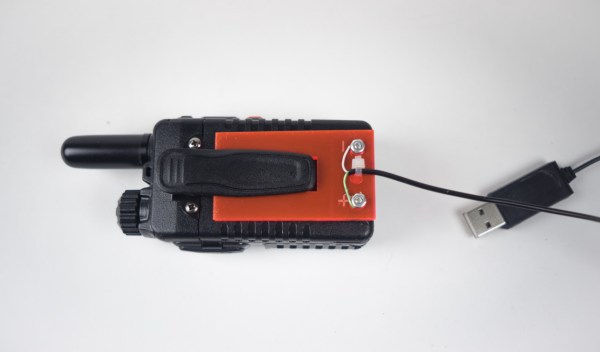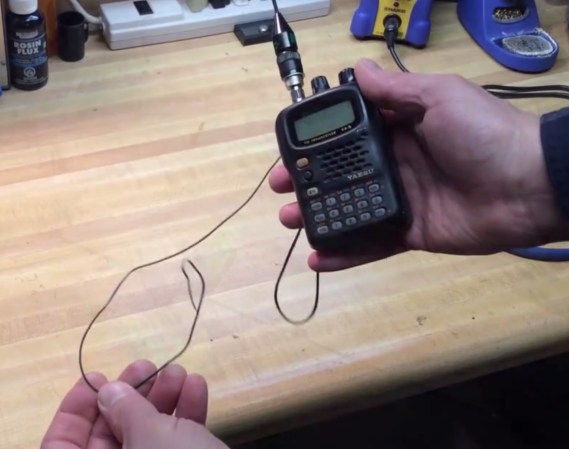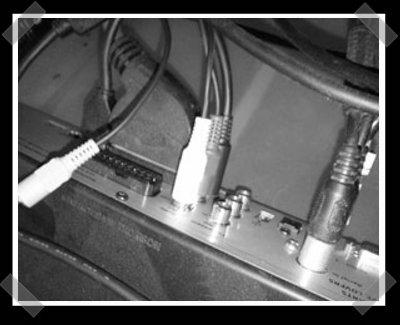Although ham radio can be an engaging, rewarding hobby, it does have a certain reputation for being popular among those who would fit in well at gated Florida communities where the preferred mode of transportation is the golf cart. For radio manufacturers this can be a boon, as this group tends to have a lot of money and not demand many new features in their technology. But for those of us who skew a bit younger, there are a few radios with custom firmware available that can add a lot of extra capabilities.
The new firmware is developed by [NicSure] for the Tidradio TD-H3 and TD-H8 models and also includes a browser-based utility for flashing it to the radio without having to install any other utilities. Once installed, users of these handheld radios will get extras like an improved S-meter and detection and display of CTCSS tones for repeater usage. There’s also a programmer available that allows the radio’s memory channels to be programmed easily from a computer and a remote terminal of sorts that allows the radio to be operated from the computer.
One of the latest firmware upgrades also includes a feature called Ultra Graph which is a live display of the activity on a selected frequency viewable on a computer screen. With a radio like this and its upgraded firmware, a lot of the capabilities of radios that sell for hundreds of dollars more can be used on a much more inexpensive handheld. All of this is possible thanks to an on-board USB-C interface which is another feature surprisingly resisted by other manufacturers even just for charging the batteries.
Continue reading “Custom Firmware Adds Capabilities To Handie Talkie”

















